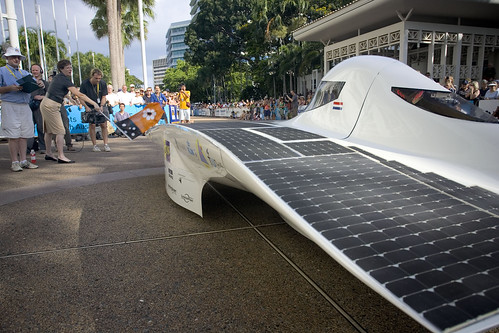Deze keer in het online journal Innovate een interessant artikel over podcasting voor technische opleidingen. Edward Berger (docent aan de Universiteit van Virginia) geeft in het stuk een goed beeld van het podcasten voor ingenieursopleidingen:
Edward Berger describes a pilot project implemented in an undergraduate engineering mechanics course, entitled Strength of Materials to investigate whether and how students would perceive a benefit from podcasting as a pedagogical tool.
Hij gaat hierbij ook in op de specifieke kenmerken van een ingenieursopleiding:
Engineering problem solving requires a mastery of visual diagrams, problem schematics, and free body diagrams; an ability to derive, manipulate, and solve mathematical equations; an analytical thought process; an appreciation for comprehensive case studies; and physical intuition.
In zijn artikel maakt hij onderscheid in drie type podcast content:
- Video Problem Solutions
- Roundtable Discussions
- Exam Review
Zijn conclusie is:
Engineering content—especially in fundamental engineering mechanics—is necessarily visually intensive, requiring photos, schematics, and free body diagrams for physical descriptions. We also require significant mathematics through mathematical equations, numerical procedures, and graphical output from calculations. This requirement for strong visuals separates engineering from other disciplines that may be more suited to strictly audio content (for example, language instruction and other topics in the humanities). It is likely no coincidence that the most visually intensive podcasting content—the video problem solutions—were viewed as most valuable by the students.
Ik deel zijn conclusie dat podcasting niet het meest geschikte middel is voor technische opleiding. Ik zie dan ook meer in video, zoals bijvoorbeeld dit college van prof Van Vliet.
